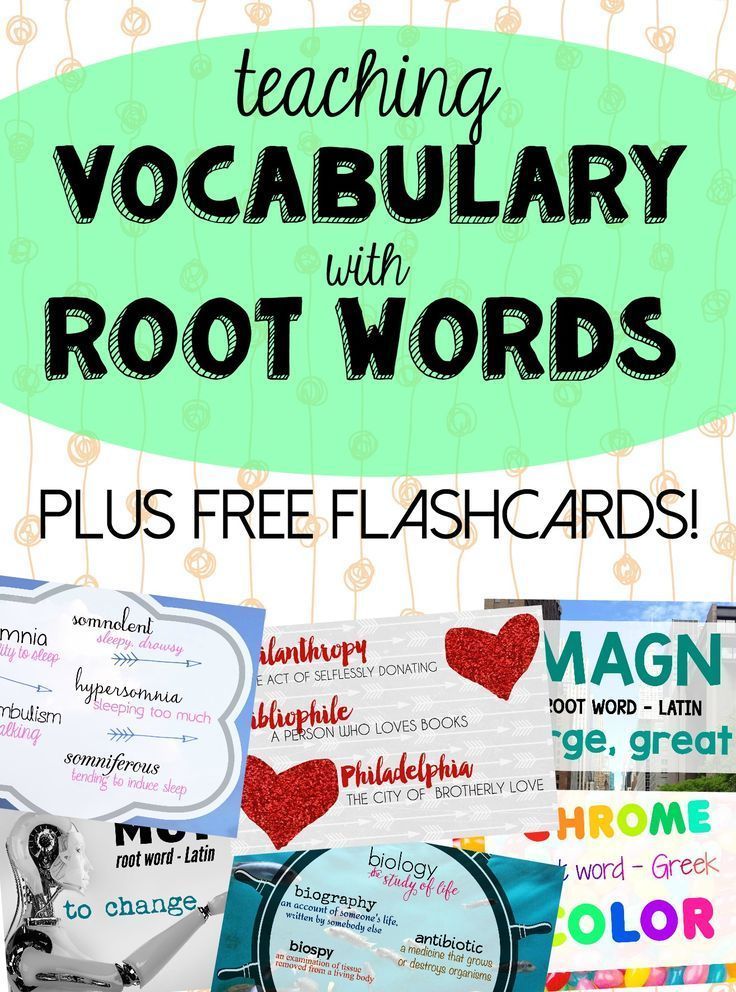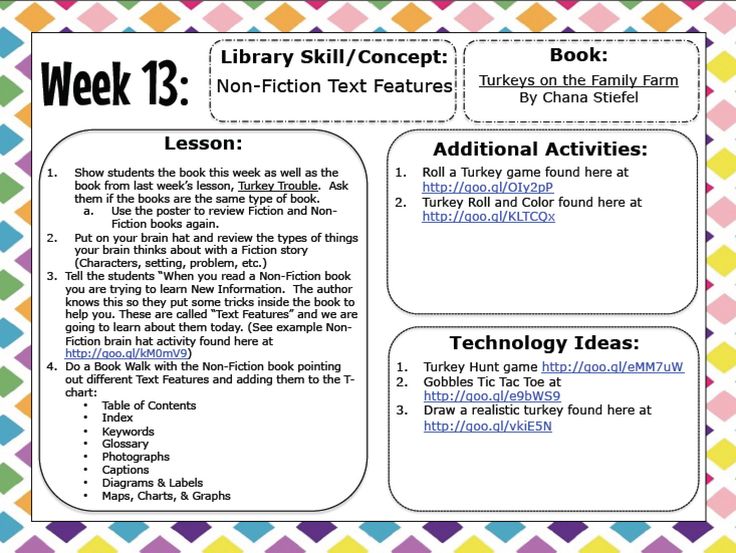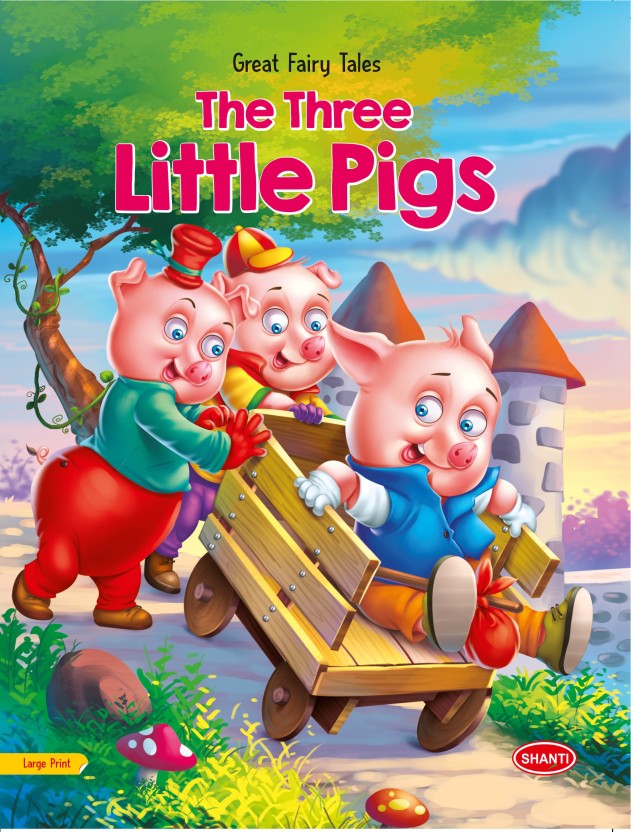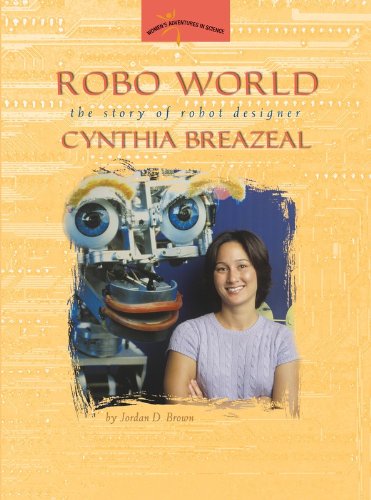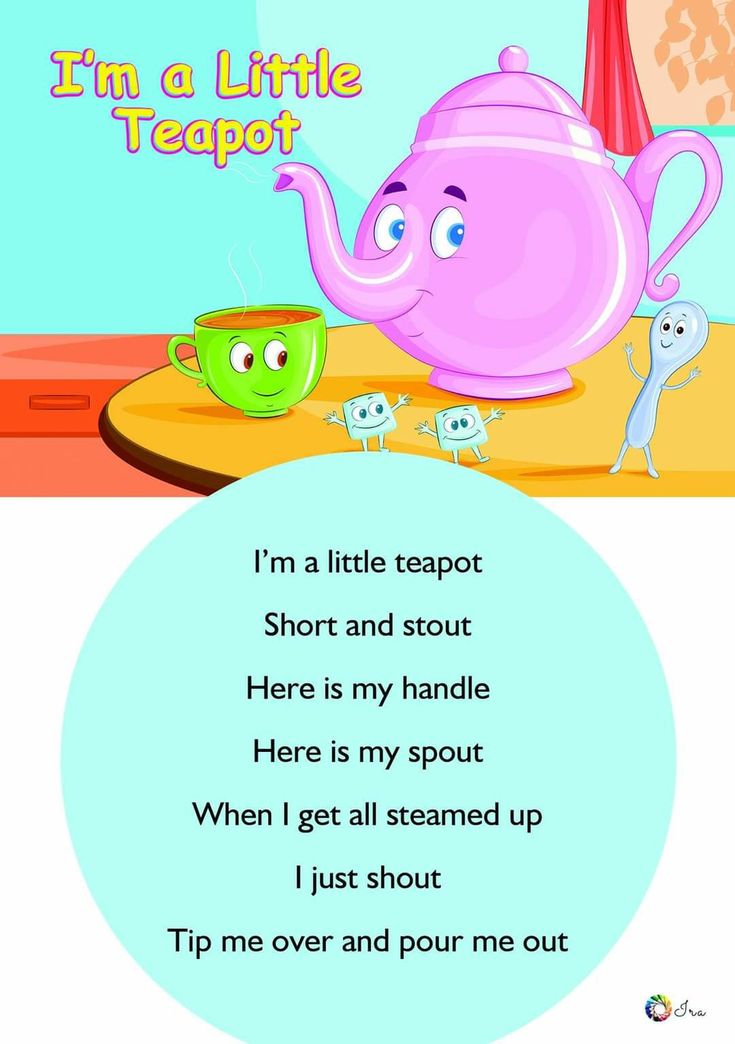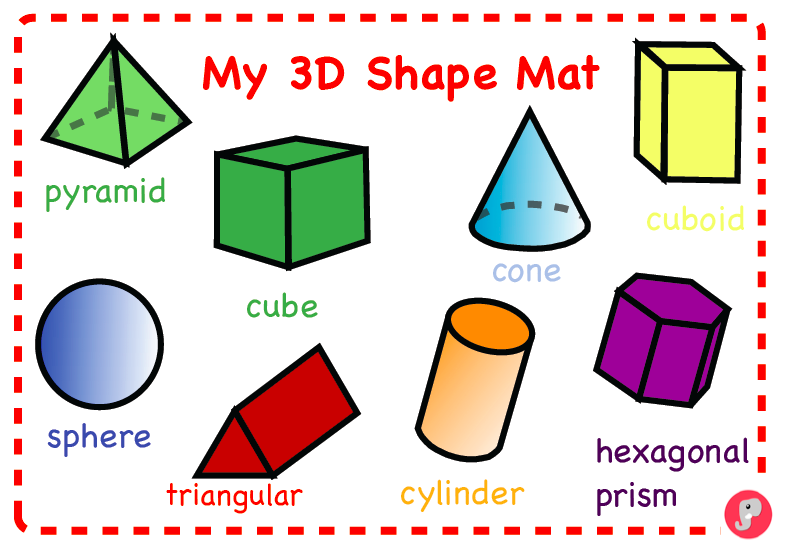Teaching vocabulary words
Five Key Principles for Effective Vocabulary Instruction
By: Timothy Shanahan
Effective vocabulary teaching has five key principles.
1. Focus on rich meanings, not just dictionary definitions.
Too often vocabulary instruction is no more than kids copying definitions from the dictionary. But researchers have identified a number of instructional approaches that outdo any learning that may accrue from copying definitions.
One of those key principles is that students work with more extensive or complex definitions or explanations of word meanings. Encourage the encyclopedia explanation over the dictionary meanings.
When I teach vocabulary, I often have the kids engage in trying to provide several different versions of a word’s definition.
- Dictionary definition
- Synonyms for the word
- Antonyms (if there are any)
- Part of speech
- Classification (what semantic group does it belong to, like tools or ways of talking)
- Comparison (it is like____, but different because______)
- Real-life examples
- Graphic version (drawings, pictures, representations)
- Acting it out
By the time you’ve come up with nine different explanations of a word you are more likely to remember it (and, of course, we can do more than just these nine if we want to get into analogies, part-whole relationships, and the like).
2. Emphasize the connections among words.
Many vocabulary programs introduce words by category, such as focusing on words from health and medicine or about transportation, including some that have research showing that they can be effective. However, direct research specifically on this aspect of teaching, suggest that word learning goes slower and without evident later advantage from the extra work that mastering these words entails needed to master these sets of words.
And, yet, evidence reveals that the lexicons in our heads are organized in various networks, not like dictionaries. When you remember a word, you draw from memory a plethora of related ideas—attributes, functions, and synonyms related to that word.
Start thinking diesel trucks and words like wheel, tire, dump truck, gasoline, and highway will not be far behind.
There are circumstances in which it is necessary to simultaneously introduce collections of closely related words that may require fine or subtle distinctions, such as when kids are learning about the structure of cells or atoms.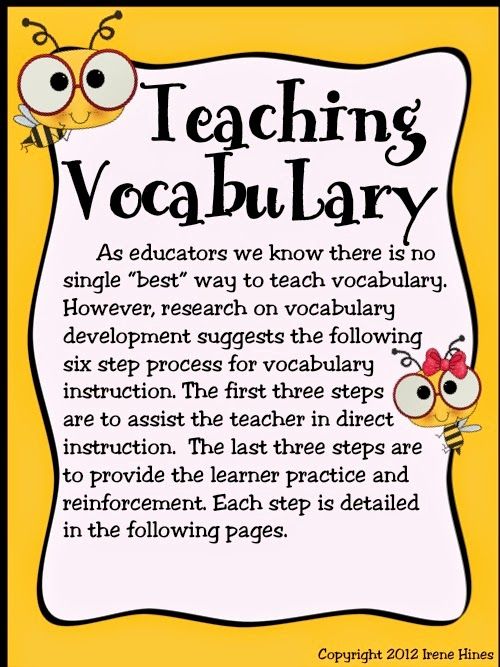 I’ll give that a pass, since such introductions are likely to be accompanied by a much deeper dive into the underlying concepts in such cases.
I’ll give that a pass, since such introductions are likely to be accompanied by a much deeper dive into the underlying concepts in such cases.
I also think it is quite reasonable when teaching words to get kids thinking about words about that concept that they may already have mastered. Linking a new word to a concept, is very different than trying to learn and link a whole collection of words.
I would avoid introducing together plethora, dearth, scarcity, cornucopia, shortage, plenty, sufficient, abundant, and liberal as some programs do. Collect such words over time as they are learned and then later you can have kids comparing the ideas or fitting them into continuum or network.
One teacher I know has her students classifying the vocabulary each week in bulletin board folders, and when a folder accumulates several related words, they revisit them as a set.
3. Promote usage of the words.
It is not enough that kids study word meanings, but they have to learn to use these words in their reading, writing, speaking, and listening.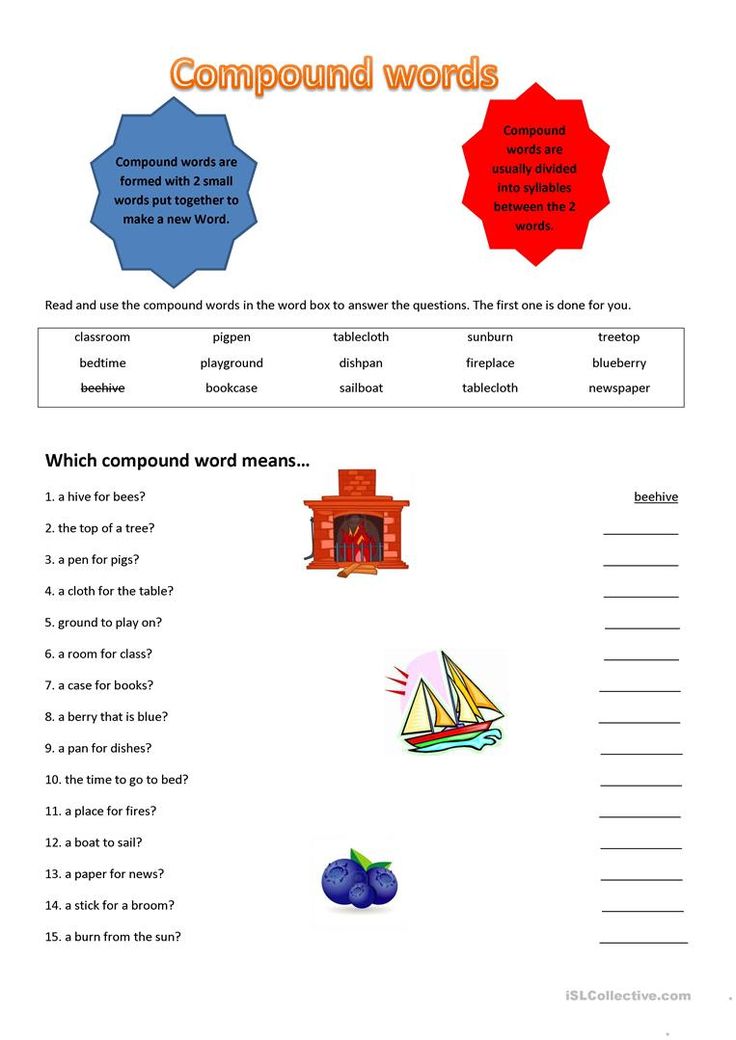 Instruction should create opportunities for kids to use words in all of these ways.
Instruction should create opportunities for kids to use words in all of these ways.
For instance, that rich vocabulary assignment that was described earlier can be done by groups of kids working together to come up with those multiple definitions. That kind of cooperation requires that kids talk with each other about the words. Additionally, I often assign small numbers of words to each group and then have them get together to teach each other the words that their groups studied… more speaking and listening.
One might reward kids for using the studied vocabulary in their writing — or that can be required in various ways.
Isabel Beck and Moddy McKeown came up with the idea of “word wizards,” which gave kids extra points in vocabulary if they could bring in evidence that they had confronted or used the words of interest. Kids get very turned on if they run across some of the vocabulary when watching television or playing their favorite computer game.
4. Review is important.
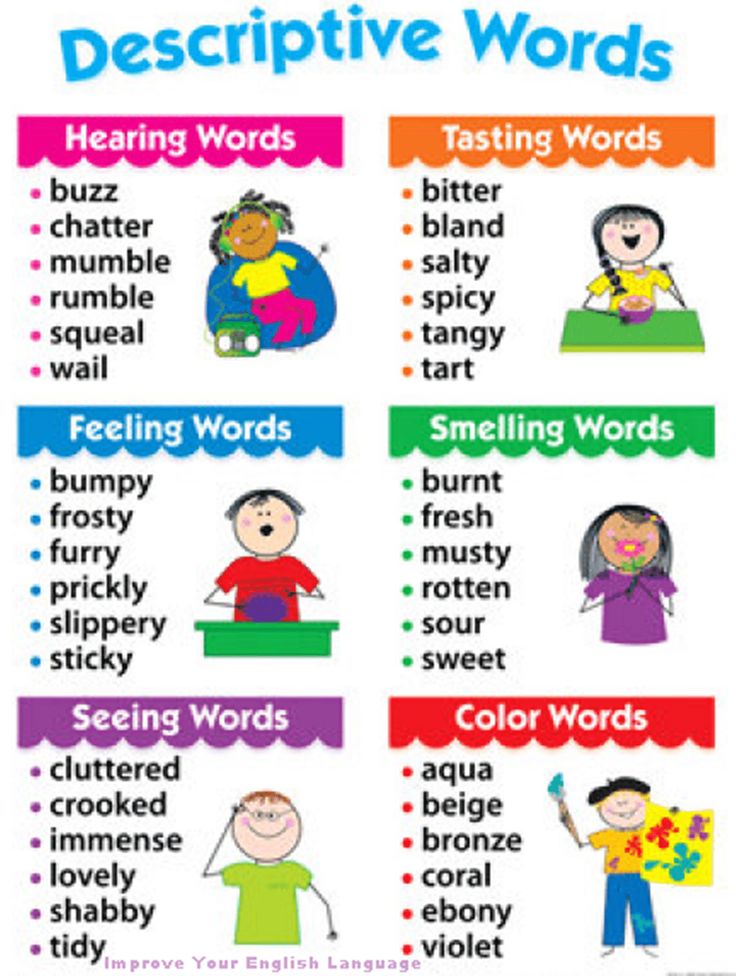
It can be hard to retain vocabulary if you don’t get a lot of opportunity to use it. We may teach vocabulary because certain words were prominent in the texts, we were reading this week, but then kids might not see them for a long time.
There are many ways to deal with vocabulary, such as having one day a week when you only work with words that have been taught (and supposedly learned) in the past — or perhaps entire weeks might be devoted to this throughout the year.
I’m a fan of including words from past weeks on vocabulary quizzes and for the use of vocabulary notebooks to help punch up kids’ writing during revision.
Another way of ensuring the words stick, is to see how many additional words students can construct morphologically, adding prefixes or suffixes or altering parts of speech and so on. I’ve written about some of the important work being done on morphology by Peter and Jeffrey Bowers before (and you can search for that on my site or on Google).
5.
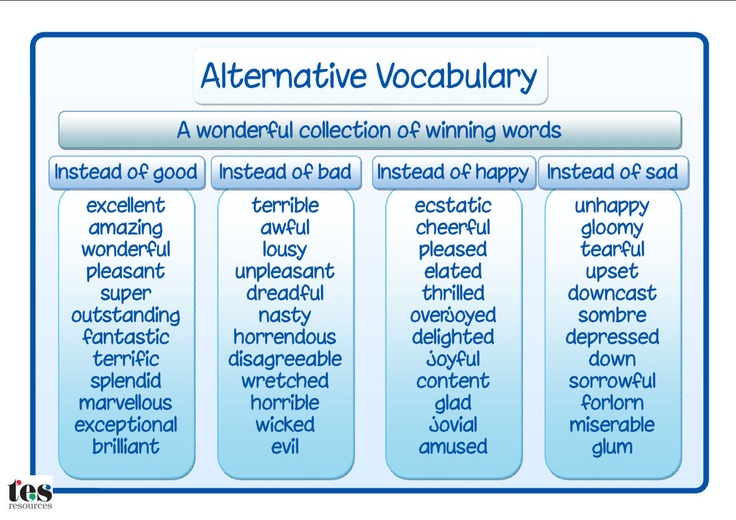 Involve students in identifying some of the words to be studied.
Involve students in identifying some of the words to be studied.I noted earlier that much vocabulary learning is incidental and, therefore, largely out of the province of schools. However, not all kids are equally good at such learning and even for those who it is easier, it can still be a tough slog requiring many experiences with a word to get it to stick.
One thing that we can do to help develop a “word consciousness” among our students is to involve them in identifying unknown words from their own reading — and to include these in your classroom curriculum. When readers get used to noticing their lack of knowledge of particular words, they will be more likely to try to resolve those gaps when reading. Kids will also be more motivated if they have some say so over the curriculum as well.
This article is excerpted from the longer blog post, Five Things Every Teacher Should Know About Vocabulary Instruction.
Literacy Strategy: How to Teach Vocabulary Words
It’s hard for students to read and understand a text if they don’t know what the words mean. A solid vocabulary boosts reading comprehension for students of all ages. The more words students know, the better they understand the text. That’s why effective vocabulary teaching is so important, especially for students who learn and think differently.
A solid vocabulary boosts reading comprehension for students of all ages. The more words students know, the better they understand the text. That’s why effective vocabulary teaching is so important, especially for students who learn and think differently.
In this article, you’ll learn how to explicitly teach vocabulary using easy-to-understand definitions, engaging activities, and repeated exposure. This strategy includes playing vocabulary games, incorporating visual supports like graphic organizers, and giving students the chance to see and use new words in real-world contexts.
The goal of this teaching strategy isn’t just to increase your students’ vocabulary. It’s to make sure the words are meaningful and relevant to their lives.
Watch: See teaching vocabulary words in action
Watch this video of a kindergarten teacher teaching the word startled to her students:
Read: How to use this vocabulary words strategy
Objective: Students will learn the meaning of new high-value words and how to use them.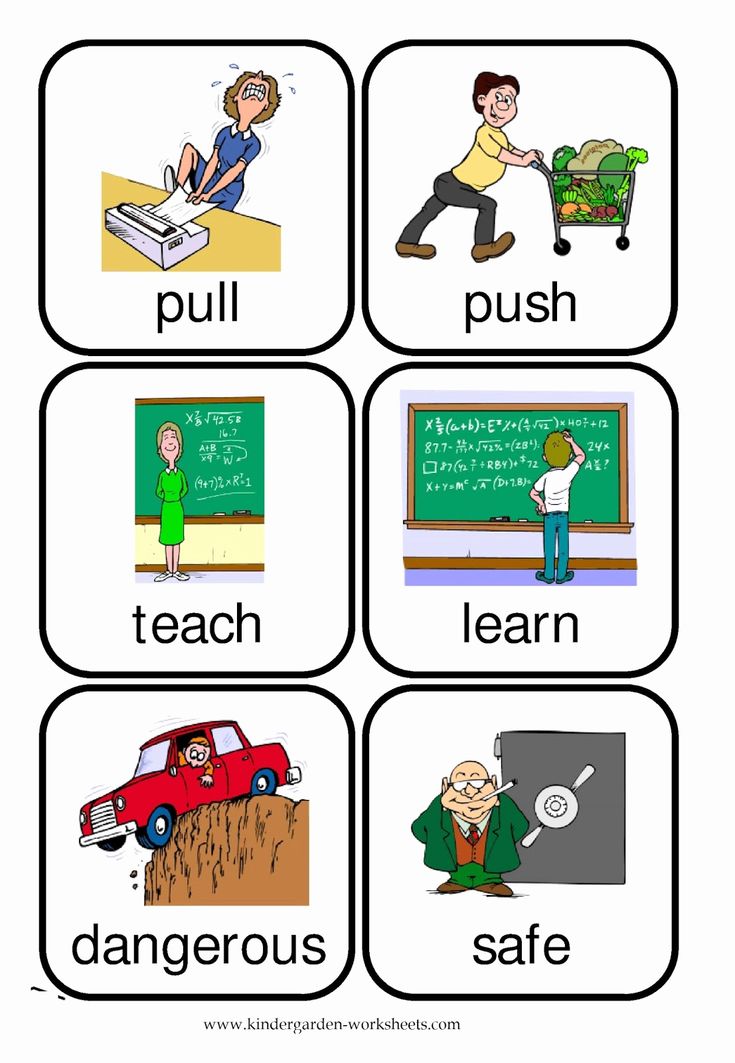
Grade levels (with standards):
- K–5 (CCSS ELA Literacy Anchor Standard L.4: Determine or clarify the meaning of unknown and multiple-meaning words and phrases)
- K–5 (CCSS ELA Literacy Anchor Standard R.4: Interpret words and phrases as they are used in a text)
Best used for instruction with:
- Whole class
- Small groups
- Individuals
How to prepare:
Choose the words to teach. For weekly vocabulary instruction, work with students to choose three to five new words per week. Select words that students will use or see most often, or words related to other words they know.
Before you dive in, it’s helpful to know that vocabulary words can be grouped into three tiers:
- Tier 1 words: These are the most frequently used words that appear in everyday speech. Students typically learn these words through oral language. Examples include dog, cat, happy, see, run, and go.
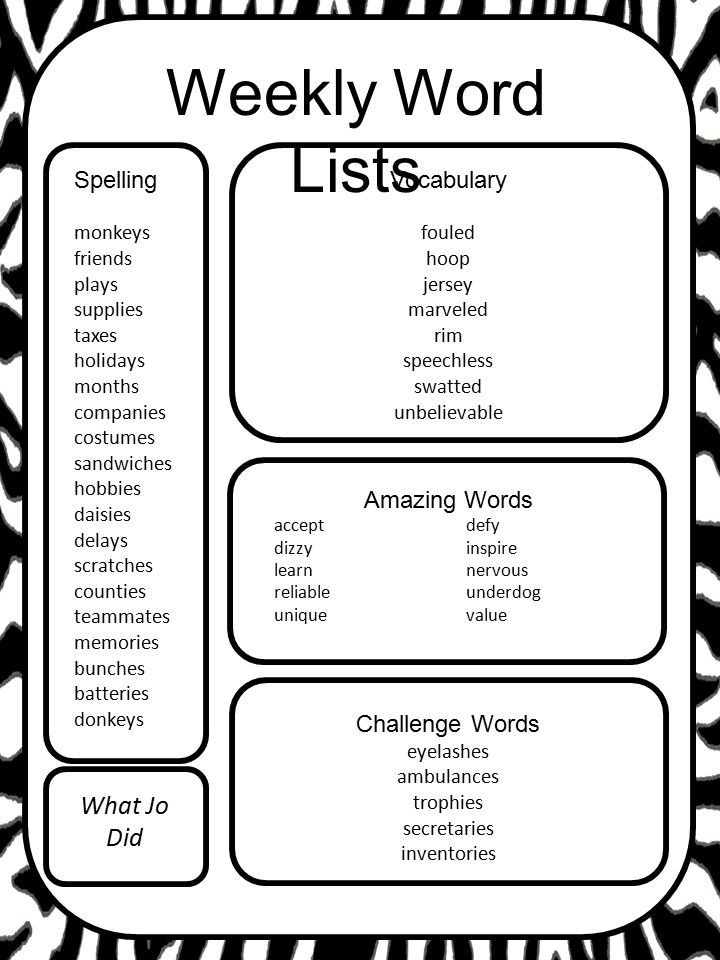
- Tier 2 words: These words are used in many different contexts and subjects. Examples include interpret, assume, necessary, and analyze. The Smarter Balanced Assessment Consortium has a partial list of Tier 2 words, broken down by grade levels.
- Tier 3 words: These are subject-specific words that are used in particular subject areas, such as peninsula in social studies and integer in math.
When choosing which vocabulary words to teach, you may want to pick words from Tier 2 because they’re the most useful across all subject areas.
Select a text. Find an appropriate text (or multiple texts for students to choose from) that includes the vocabulary words you want to teach.
Come up with student-friendly definitions. Find resources you and your students can consult to come up with a definition for each word. The definition should be easy to understand, be written in everyday language, and capture the word’s common use. Your definitions can include pictures, videos, or other multimedia options. Cambridge Learner’s Dictionary, Merriam-Webster Learner’s Dictionary, and Wordsmyth Children’s Dictionary are all good resources to help create student-friendly definitions.
Your definitions can include pictures, videos, or other multimedia options. Cambridge Learner’s Dictionary, Merriam-Webster Learner’s Dictionary, and Wordsmyth Children’s Dictionary are all good resources to help create student-friendly definitions.
How to teach:
1. Introduce each new word one at a time. Say the word aloud and have students repeat the word. For visual support, display the words and their definitions for students to see, such as on a word wall, flip chart, or vocabulary graphic organizer. Showing pictures related to the word can be helpful, too.
For English language learners (ELLs): Try to use cognates (words from different languages that have a similar meaning, spelling, and pronunciation) when you introduce new words. For more information about using cognates when teaching vocabulary to ELLs, use these resources from Colorín Colorado. You can also ask students to say or draw their own definition of the words — in English or their home language — to help them understand each word and its meaning.
2. Reflect. Allow time for students to reflect on what they know or don’t know about the words. Remember that your class will come to the lesson with varying levels of vocabulary knowledge. Some students may be familiar with some of the words. Other students may not know any of them. If time permits, this could be a good opportunity to use flexible grouping so students can work on different words.
3. Read the text you’ve chosen. You can read it to your students or have students read on their own (either a printed version or by listening to an audio version). As you read, pause to point to the vocabulary words in context. Use explicit instruction to teach the word parts, such as prefixes and suffixes, to help define the word. If students are reading on their own or with a partner, encourage them to “hunt” for the words before reading. Hunting for these words first can reduce distractions later when the focus is on reading the text.
4.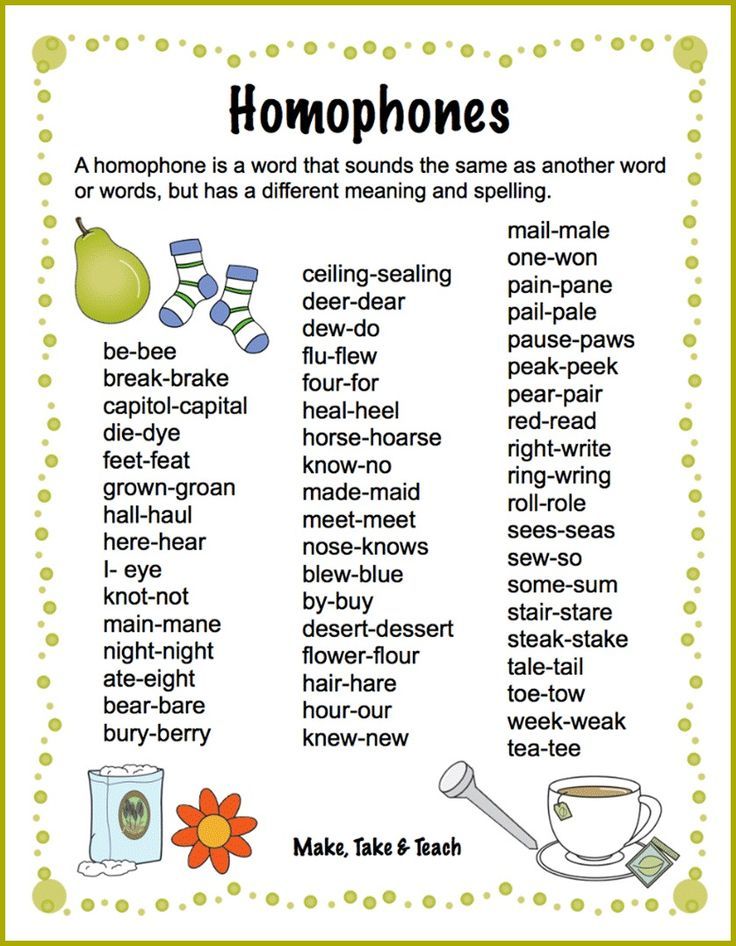 Ask students to repeat the word after you’ve read it in the text. Then remind students of the word’s definition. If a word has more than one meaning, focus on the definition that applies to the text.
Ask students to repeat the word after you’ve read it in the text. Then remind students of the word’s definition. If a word has more than one meaning, focus on the definition that applies to the text.
5. Use a quick, fun activity to reinforce each new word’s meaning. After reading, use one or more of the following to help students learn the words more effectively:
- Word associations: Ask students, “What does the word delicate make you think of? What other words go with delicate?” Students can turn and talk with a partner to come up with a response. Then invite pairs to share their responses with the rest of the class.
- Use your senses: Ask your students to use their senses to describe when they saw, heard, felt, tasted, or smelled something that was delicate. Allow students time to think. Then ask them to give a thumbs up if they’ve ever seen something delicate. Call on students to share their responses. Do the same with each of the senses.
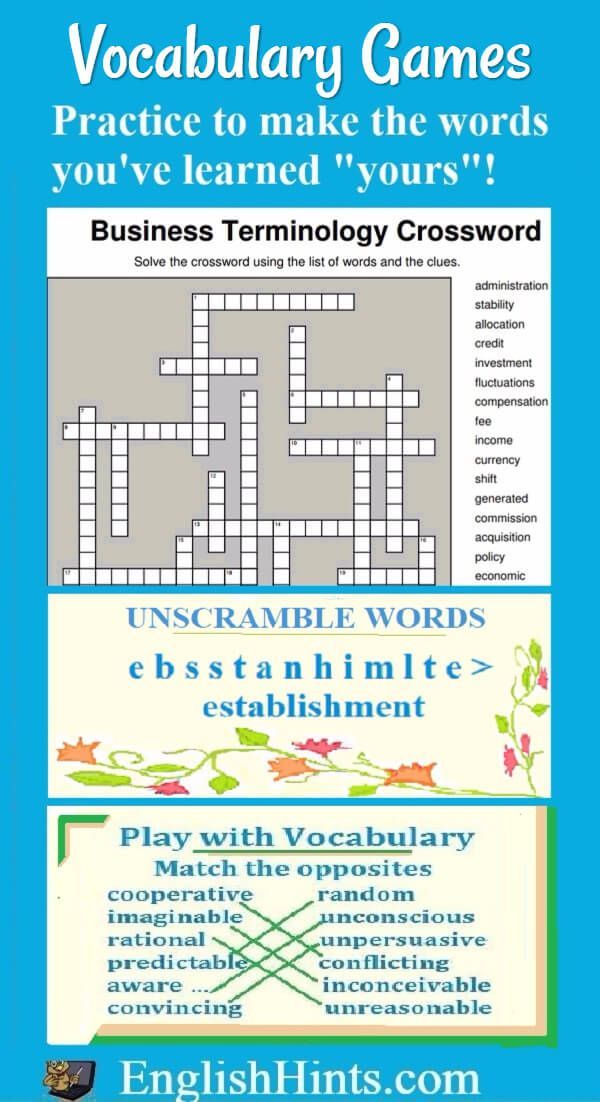
- A round of applause: If the word is an adjective, invite students to clap based on how much they would like a delicate toy, for example. Or students can “vote with their feet” by moving to one corner of the room if they want a delicate toy or another corner if they don't. This activity works especially well if you pair the new adjective with a familiar noun.
- Picture perfect: Invite students to draw a picture that represents the word’s meaning.
- Examples and non-examples: Give one example and one non-example of how the word is and isn’t used. For instance, you could tell students that one thing that is delicate is a teacup. One thing that isn’t delicate is the cement stairs into the school. Then invite students to share their own examples of things that are and aren’t delicate.
After students do one or more of the activities above, have them say or draw the word again.
6. Play word games.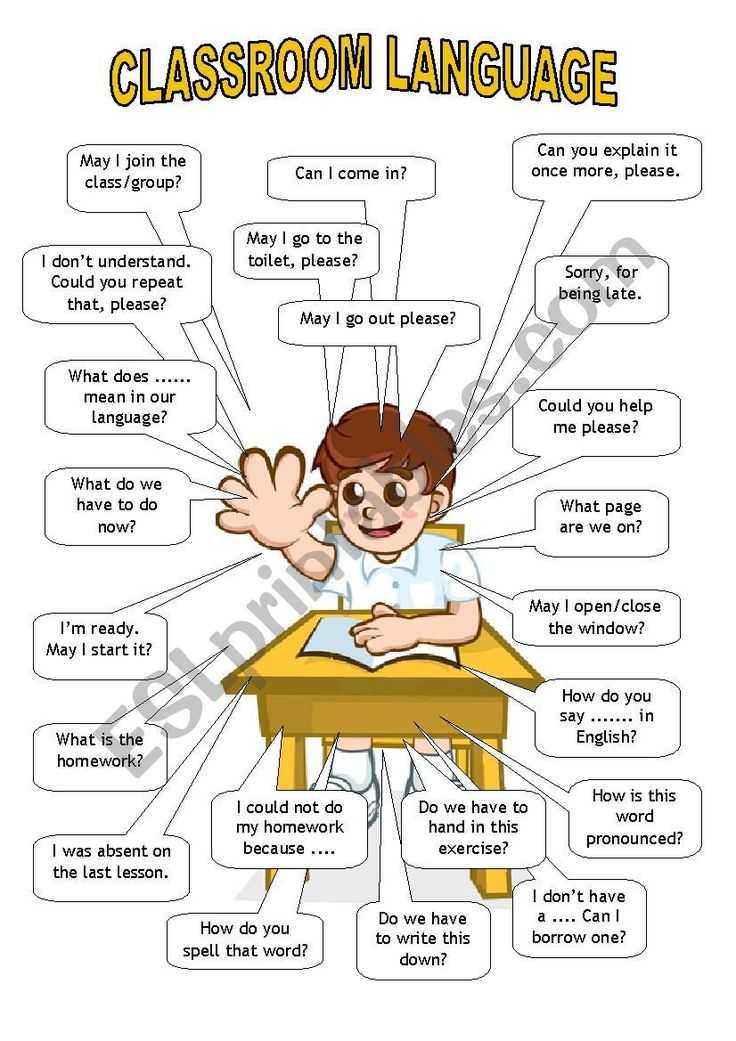 Throughout the week, play word games like vocabulary bingo, vocabulary Pictionary, and charades to practice the new words. Include words you’ve taught in the past for additional reinforcement.
Throughout the week, play word games like vocabulary bingo, vocabulary Pictionary, and charades to practice the new words. Include words you’ve taught in the past for additional reinforcement.
7. Challenge students to use new words. They can use their new vocabulary in different contexts, like at home, at recess, or during afterschool activities. Consider asking students to use a vocabulary notebook to jot down when they use the words. You can even get your colleagues or school administrators in on the fun by asking them to use the words when talking with students or in announcements. Praise students when you hear them using those words in and out of the classroom.
Understand: Why this strategy works
Rote memorization (“skill and drill”) isn't very helpful when it comes to learning new vocabulary. Students learn best from explicit instruction that uses easy-to-understand definitions, engaging activities, and repeated exposure. Teaching this way will help students understand how words are used in real-life contexts and that words can have different meanings depending on how they’re used.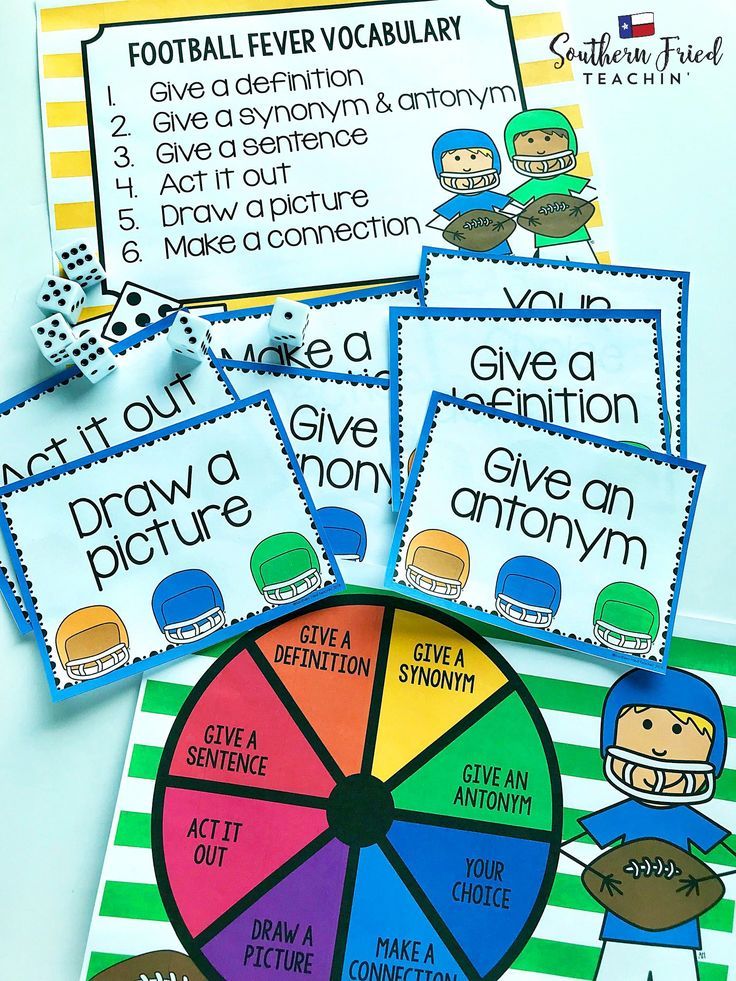
This explicit approach helps all students and is especially helpful for students who learn and think differently. This includes students who have a hard time figuring out the meaning of new words when they’re reading. It can be difficult for them to make an inference or use context clues to figure out what a word means.
Explicit vocabulary instruction with student-friendly definitions means there’s no guesswork involved. Repeated exposure and practice help to reinforce the words in students’ memories.
Share with families this resource they can use at home to help students grow their vocabulary. You can model some of these strategies for families at back-to-school night or another family event.
Research behind this strategy
“Bringing Words to Life: Robust Vocabulary Instruction (2nd ed.),” by Isabel L. Beck, Margaret G. McKeown, and Linda Kucan
“A review of the current research on vocabulary instruction,” from the National Reading Technical Assistance Center, RMC Research Corporation
“Building Academic Vocabulary: Teacher’s Manual,” by Robert J. Marzano and Debra J. Pickering
Marzano and Debra J. Pickering
“Teaching Word Meanings,” by Steven A. Stahl and William E. Nagy
Related topics
Reading and writing
School supports
Strategies and tips
Learning vocabulary words fun: 3 secrets from the teacher
Simple mnemonics for memorizing vocabulary words.
Are you sure that you can easily and without errors write such words as prerogative, incident, precedent, challenger? What about the words presumption, illumination and terrace? There are a lot of vocabulary words in Russian. Each class in the school even has its own list. It's just that teaching them is so difficult and boring.
Together with Elena Slesareva , a teacher with more than 20 years of experience, the author of the SmartyKids speed reading and calligraphy methodology, found 3 non-standard ways to learn vocabulary words: fun, exciting and effective.
Anagrams
This is perhaps the easiest, but by no means trivial way to learn a vocabulary word. Judge for yourself: in order to see the word, you will have to play with letters, and here you want it or not, but you learn that peanuts still begin with the letter “a”, and in the word art there are two “s”. Naturally, the younger the child, the simpler the dictionary words and the simpler the anagrams. To begin with, you can only rearrange a couple of letters within a word, and at an advanced level, you can already swap all the letters in a dictionary word.
Try to decipher the following anagrams with your child:
MKEOSY
Epzhanireun
IAryApptkst
Kiszala
Miadnn
Fleet history
Remember how I taught an amusing fraud in the school. along the route "and" Gypsy poked at a chicken while standing on tiptoe", and of course the main imperishable "too married unbearable" .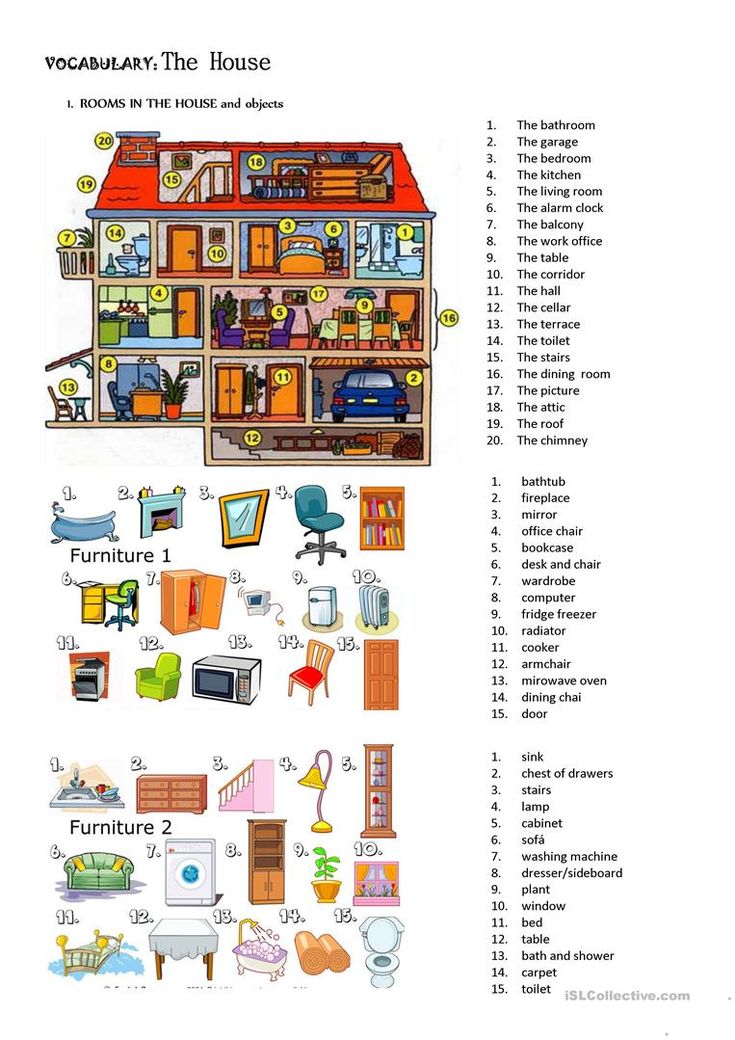 Such things remain in memory for a lifetime, our brain is arranged in such a peculiar way.
Such things remain in memory for a lifetime, our brain is arranged in such a peculiar way.
Can be found a lot of similar poems on vocabulary words and various rules of the Russian language. BUT you can come up with your own short funny stories with the children from the words to be learned.
I we develop storytelling and learn vocabulary words at the same time.
How do you like it? such options:
“A cosmonaut with a shovel ate sorrel from a basket for breakfast today”
“The hippopotamus from Antarctica loved to eat tangerines”
“A woodpecker conductor monthly boots ter”
Than the more absurd and absurd the story, the better.
Or maybe even complicate the task and invent stories using only dictionary words for one letter:
"A bedside penguin fluttered like a dog on a fine day."
Schulte tables
Usually these tables about numbers and about the development of peripheral vision, attention and reaction speed.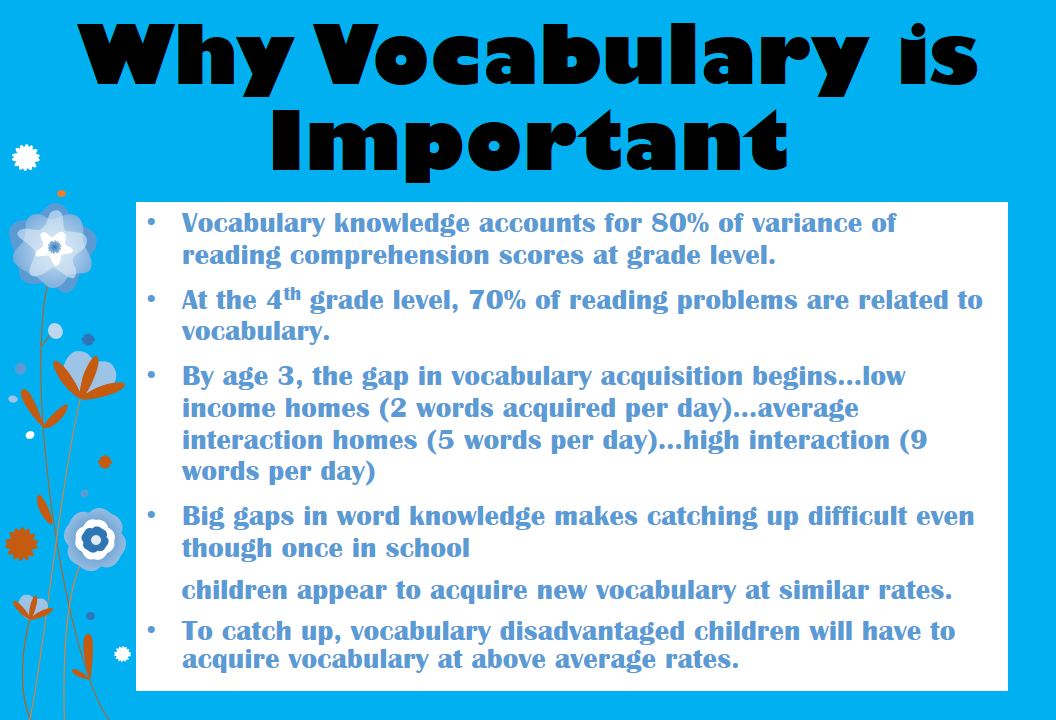 But if you combine them with dictionary words, you can get an infinite number of tables to train all vocabulary words.
But if you combine them with dictionary words, you can get an infinite number of tables to train all vocabulary words.
Ideally it is worth starting from the standard table of 25 numbers (5 by 5 squares). Each number is a dictionary word.
Task child to look for the number that the parent, another child or teacher calls. And read out vocabulary word aloud.
At the same time you can work with the table according to all the usual rules: name the numbers in order, reverse counting, call numbers randomly, go only for even or odd numbers.
This the table can be easily made in a Word, and just change the words if necessary.
I printed it out, hung it on the wall, practiced for three to five days, wrote a vocabulary dictation, replaced the words - hung up a new table, leaving in the old one only those words that were not given the first time.
Play, read, grow geniuses.
Liked the article? Tell your friends:
Read also
Heading: Learning hacks
Read all news
11/30/2020
How to learn vocabulary words easily and with pleasure?
We are starting a series of letters dedicated to the Russian language, literacy, beautiful handwriting, teaching Russian to children.
And today we will talk about how to quickly and effectively learn vocabulary words. They, like the multiplication table, must be learned.
But if there are only 100 examples in the multiplication table, then at least 800 vocabulary words are studied at school. Usually, "difficult" and "difficult" children are given for independent memorization, or memorization with their parents.
We present to your attention little tricks on how to remember the spelling of vocabulary words
We divided them into classical methods, this is how they work with vocabulary words at school, and techniques for effectively memorizing words
Classical ways of memorizing vocabulary words
1. Reading words of a child. Write dictionary words into a dictionary
2. Explain the meaning of the word (if the child does not know the meaning of the word, use the dictionary) and say the possible reasons for writing the word in this way.
3. Spelling work on the word:
- setting the stress, highlighting the difficult letter in green,
- sound-letter analysis of the word,
- dividing the word into syllables and for transfer.
4. Learning the spelling of a given word:
- selection of single-root words,
- compilation of phrases, sentences with this word,
- selection of synonyms, antonyms, riddles, sayings with this word.
5. Recording a word in a spelling dictionary.
6. Writing from memory
Methods of memorizing words using effective learning techniques
7. Add a word or even several words to the dictionary word that you need to remember, where the letter being checked is heard very well.
For example, the word MILK. You need to remember O.
We come up with associations: a horse drinks milk from a spoon
We present this picture with the child, focusing on the fact that the spoon and the horse tell us the desired letter
8. Write down the word with your eyes closed.
After the child reads the word, he writes it down on sheets of paper while blindfolded, it is better to use felt-tip pens or bright pens.
When a word is written, it must be considered.
This exercise gives children a lot of fun, and most importantly, it involves various organs of perception of information and enhances the effect of memorizing words.
9. Compare letters with geometric shapes. A is similar to a triangle, O is a circle, E is a rectangle.
And then, add shapes to the right word or draw with them.
For example, ORANGE
You can imagine a triangular plate on which lie “strange”, rectangular and triangular oranges
10. Mnemotechnical method
them into a word and linking them into a bright association
What does this mean?
Remember, A-bus, B-drum, etc.
For example, we need to remember how to write ORANGE correctly
Imagine a Bus (A) full of Oranges that is stuck or hanging on Spruce (E)
.
Each word on a separate strip. Printed in large print. The child is shown the word for one second.